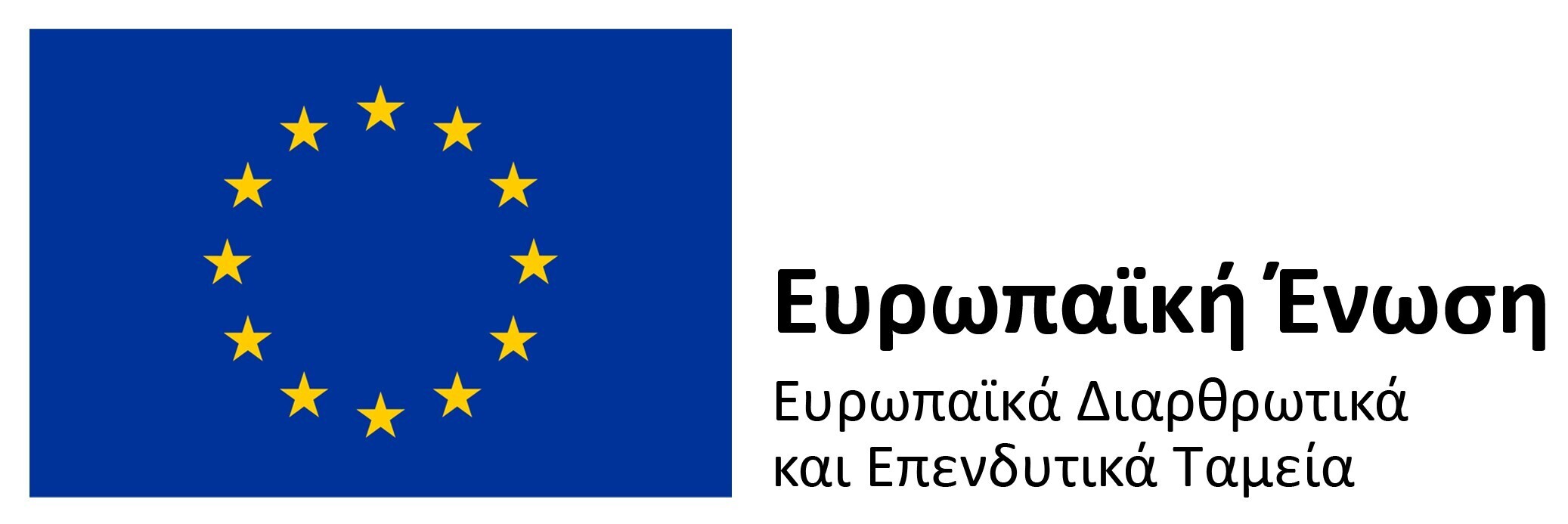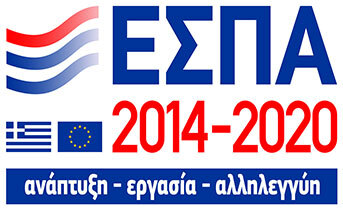|
|
| Line 1: |
Line 1: |
| | {{process | | {{process |
| − | |process_uuid=c0730281-7d6c-40ef-a5e0-1af8c7a9c885
| |
| − | |process_id=231214
| |
| | |process_official_title=Classification of Monuments | | |process_official_title=Classification of Monuments |
| | |process_alternative_titles=Classification of contemporary religious monuments | | |process_alternative_titles=Classification of contemporary religious monuments |
| Line 12: |
Line 10: |
| | |process_provision_org_directory=Monuments and Archaeological Works, Department of Byzantine and Post-Byzantine Archaeological Sites | | |process_provision_org_directory=Monuments and Archaeological Works, Department of Byzantine and Post-Byzantine Archaeological Sites |
| | |process_remarks=Immovable monuments include: a) ancient goods dating up to 1830; b) contemporary cultural objects predating the last 100 years; and c) contemporary cultural objects dating with the last 100 years. The last two categories are classified as monuments on account of their architectural, urban planning, social, ethnological, folklore or historical, artistic or scientific importance. Once classified as such, the object is protected under the provisions of archaeological legislation. The same procedure is also followed for the classification of cultural objects other than religious objects, but the Services of Contemporary Monuments and Technical Works and the Directorate for the Protection and Restoration of Contemporary Monuments are the competent agencies. | | |process_remarks=Immovable monuments include: a) ancient goods dating up to 1830; b) contemporary cultural objects predating the last 100 years; and c) contemporary cultural objects dating with the last 100 years. The last two categories are classified as monuments on account of their architectural, urban planning, social, ethnological, folklore or historical, artistic or scientific importance. Once classified as such, the object is protected under the provisions of archaeological legislation. The same procedure is also followed for the classification of cultural objects other than religious objects, but the Services of Contemporary Monuments and Technical Works and the Directorate for the Protection and Restoration of Contemporary Monuments are the competent agencies. |
| − | |process_deadline_duration=31104000 | + | |process_deadline_duration=P1Y |
| | |process_type=Ingoing/Outgoing | | |process_type=Ingoing/Outgoing |
| | |process_trigger=Applied for, Ex officio | | |process_trigger=Applied for, Ex officio |
| Line 39: |
Line 37: |
| | |process_application_owner=Legal entities, Persons | | |process_application_owner=Legal entities, Persons |
| | |process_application_description=Αpplication by a citizen or the board of the religious building to the competent Ephorate of Antiquities in order to initiate the classification procedure. | | |process_application_description=Αpplication by a citizen or the board of the religious building to the competent Ephorate of Antiquities in order to initiate the classification procedure. |
| | + | |process_uuid=c0730281-7d6c-40ef-a5e0-1af8c7a9c885 |
| | + | |process_id=231214 |
| | }} | | }} |
| | {{process conditions | | {{process conditions |
| Line 60: |
Line 60: |
| | {{process evidences | | {{process evidences |
| | |process_evidence_num_id=2 | | |process_evidence_num_id=2 |
| − | |process_evidence_type=7475 | + | |process_evidence_type=4560 |
| | |process_evidence_is_under_prerequisite=No | | |process_evidence_is_under_prerequisite=No |
| | |process_evidence_alternative=No | | |process_evidence_alternative=No |






